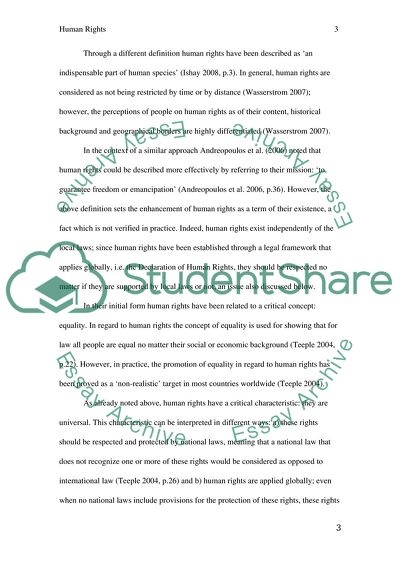Cite this document
(Are Human Rights Universal, Inherent, Inalienable, and Indivisible Essay, n.d.)
Are Human Rights Universal, Inherent, Inalienable, and Indivisible Essay. Retrieved from https://studentshare.org/law/1830280-are-human-rights-universal-inherent-inalienable-and-indivisible
Are Human Rights Universal, Inherent, Inalienable, and Indivisible Essay. Retrieved from https://studentshare.org/law/1830280-are-human-rights-universal-inherent-inalienable-and-indivisible
(Are Human Rights Universal, Inherent, Inalienable, and Indivisible Essay)
Are Human Rights Universal, Inherent, Inalienable, and Indivisible Essay. https://studentshare.org/law/1830280-are-human-rights-universal-inherent-inalienable-and-indivisible.
Are Human Rights Universal, Inherent, Inalienable, and Indivisible Essay. https://studentshare.org/law/1830280-are-human-rights-universal-inherent-inalienable-and-indivisible.
“Are Human Rights Universal, Inherent, Inalienable, and Indivisible Essay”. https://studentshare.org/law/1830280-are-human-rights-universal-inherent-inalienable-and-indivisible.


